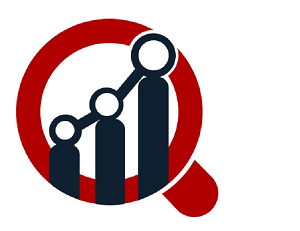Bagasse Tableware Product Market: By Analyzing Recent Trends, And the Driving Factors

In recent years, the global shift toward sustainable living has sparked a growing demand for eco-friendly alternatives to plastic products. Among these, bagasse tableware has emerged as one of the most promising solutions. Bagasse, the fibrous residue left after extracting juice from sugarcane, was once considered agricultural waste. Today, it is being transformed into biodegradable, compostable, and durable tableware — helping reduce the environmental burden caused by single-use plastics.
Eco-Friendly and Biodegradable
Bagasse tableware stands out for its impressive environmental credentials. Unlike plastic or Styrofoam products, which can take hundreds of years to decompose, bagasse plates, bowls, and cups are fully biodegradable and compostable within 60 to 90 days under proper conditions. This makes them an excellent choice for households, food vendors, and catering services looking to minimize waste and reduce their carbon footprint. Since bagasse is a byproduct of the sugar industry, it requires no additional resources to produce, further enhancing its sustainability profile.
Strength and Versatility
Despite being plant-based, bagasse tableware is remarkably sturdy and heat-resistant. It can safely hold hot, cold, or oily foods without losing shape or leaking. Microwave- and freezer-safe, these products offer convenience on par with plastic and paper tableware, making them ideal for both domestic and commercial use. They are widely used at restaurants, food delivery services, outdoor events, and in institutional cafeterias as a practical and eco-conscious choice.
Economic and Environmental Impact
The use of bagasse tableware not only reduces plastic pollution but also adds value to agricultural waste, creating additional income opportunities for farmers and rural industries. By converting sugarcane waste into usable products, the bagasse industry promotes a circular economy, where waste materials are repurposed into valuable resources. Furthermore, as governments across the world enforce stricter bans on single-use plastics, the demand for sustainable packaging and tableware alternatives continues to rise, positioning bagasse as a key material in the green revolution.
The Future of Sustainable Dining
As consumers become increasingly aware of environmental issues, businesses are adopting greener practices to align with sustainable values. Bagasse tableware represents a significant step toward achieving this balance — combining practicality, affordability, and environmental responsibility. With continuous innovation in design and manufacturing, these products are expected to become mainstream in the coming years, replacing traditional plastic and paper options in both household and industrial applications.
- Sports
- Art
- Causes
- Crafts
- Dance
- Drinks
- Film
- Fitness
- Food
- Jeux
- Gardening
- Health
- Domicile
- Literature
- Music
- Networking
- Autre
- Party
- Shopping
- Theater
- Wellness


